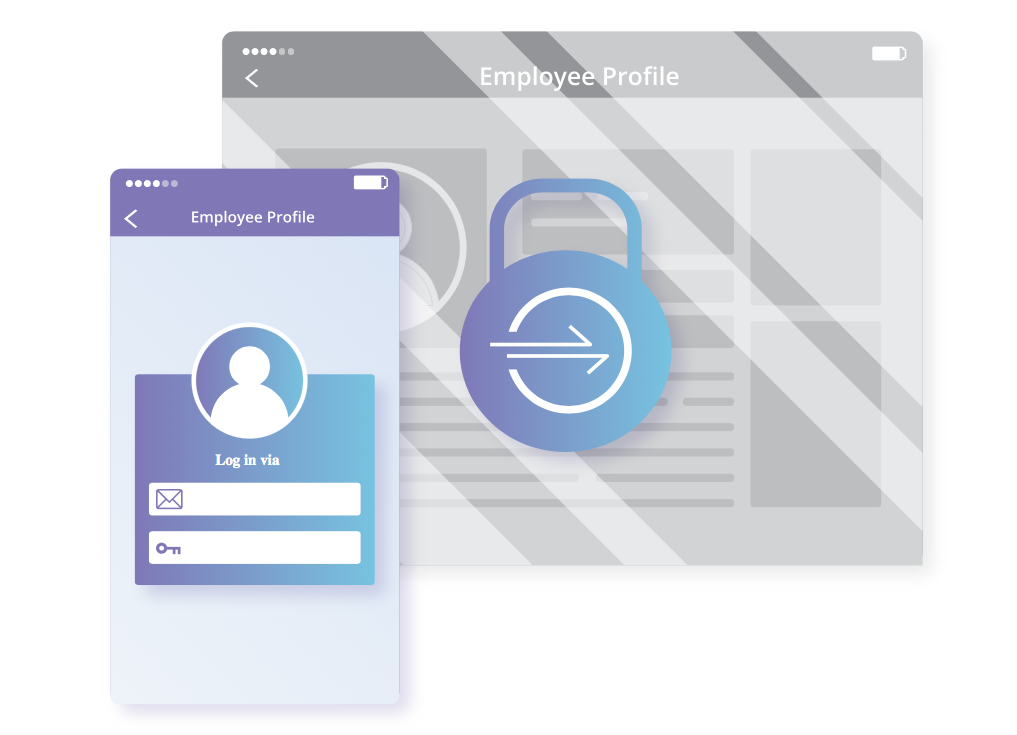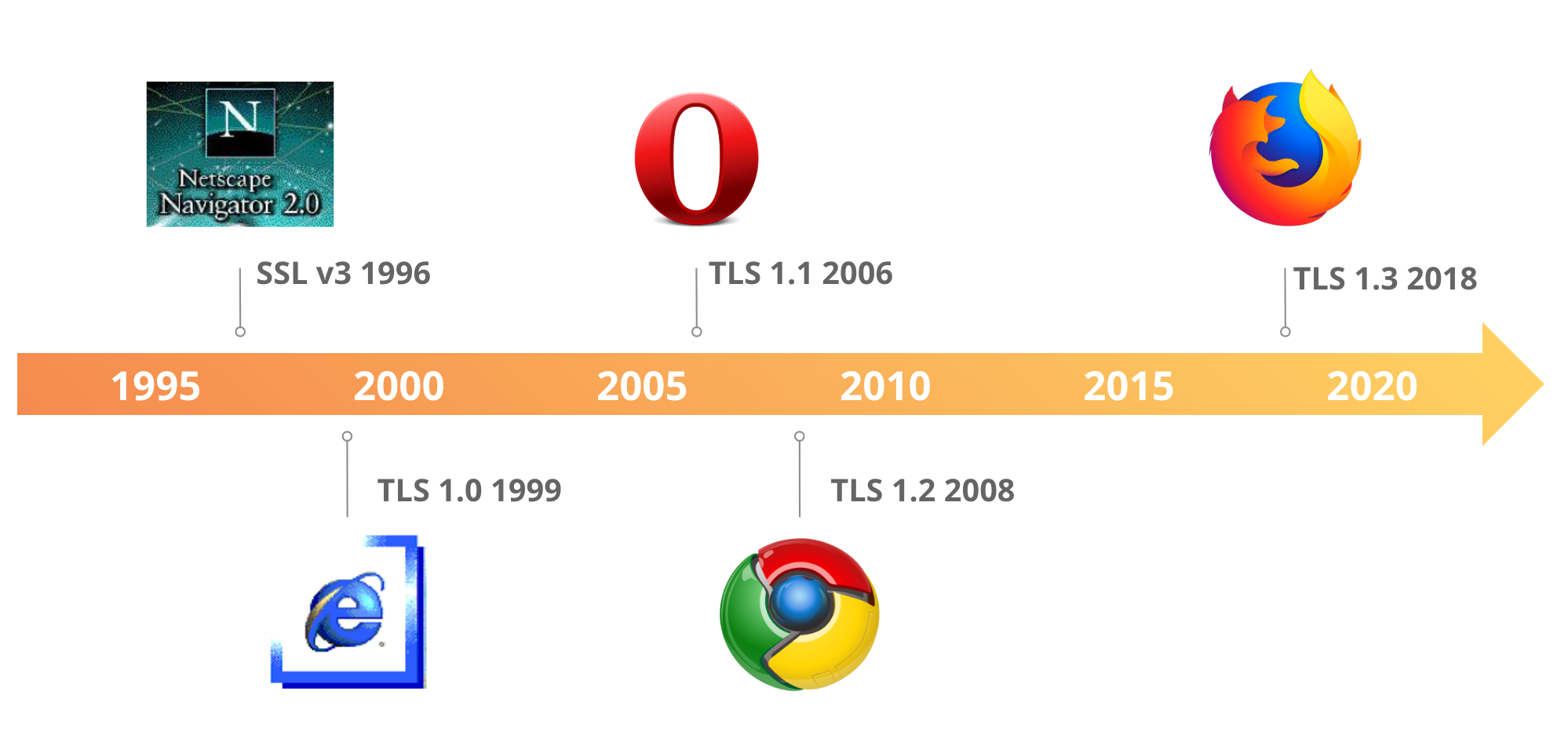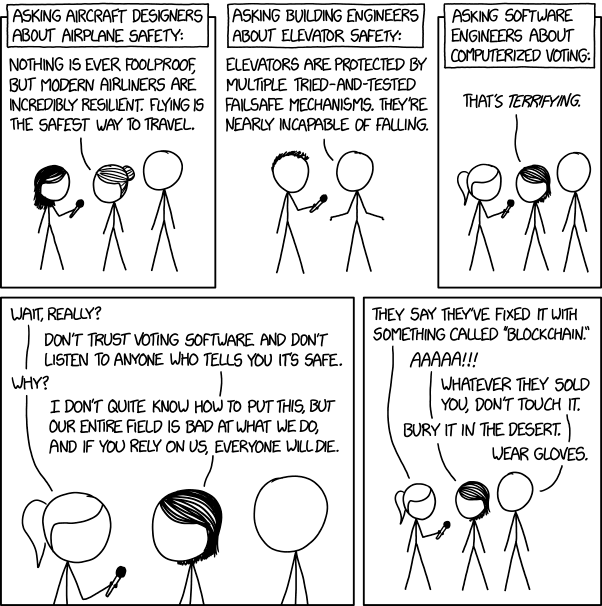IoT Attacks Doubled in Two Months, Check Point Says
 While IoT malware made its top-three debut in July, cryptomining malware remained the top two offenders, according to the monthly report.
While IoT malware made its top-three debut in July, cryptomining malware remained the top two offenders, according to the monthly report.
Three new ways teams are using Cloudflare Access

Since leaving beta three weeks ago, Cloudflare Access has become our fastest-growing subscription service. Every day, more teams are using Access to leave their VPN behind and connect to applications quickly and securely from anywhere in the world.
We’ve heard from a number of teams about how they’re using Access. Each team has unique needs to consider as they move away from a VPN and to a zero trust model. In a zero trust framework, each request has to prove that a given application should trust its attempt to reach a secure tool. In this post, we’re highlighting some of the solutions that groups are using to transition to Cloudflare Access.
Solution 1: Collaborate with External Partners
Cloudflare Access integrates with popular identity providers (IdPs) so that your team can reach internal applications without adding more credentials. However, teams rarely work in isolation. They frequently rely on external partners who also need to reach shared tools.
How to grant and manage permissions with external partners poses a security risk. Just because you are working with a third-party doesn’t mean they should have credentials to your IdP. They typically need access to a handful of tools, not all of your internal Continue reading
Dell Technologies, Others Invest $33M in Twistlock Series C
 The container-focused vendor has now hauled in more than $63 million in funding.
The container-focused vendor has now hauled in more than $63 million in funding.
Intel Discloses New Sprectre-Like Bugs Called Foreshadow
 The flaws could allow hackers to access data that is supposed to be secured in protected areas on Intel’s Core chips or in the cloud. AMD says it's immune.
The flaws could allow hackers to access data that is supposed to be secured in protected areas on Intel’s Core chips or in the cloud. AMD says it's immune.
Obfuscated gradients give a false sense of security: circumventing defenses to adversarial examples
Obfuscated gradients give a false sense of security: circumventing defenses to adversarial examples Athalye et al., ICML’18
There has been a lot of back and forth in the research community on adversarial attacks and defences in machine learning. Today’s paper examines a number of recently proposed defences and shows that most of them rely on forms of gradient masking. The authors develop attack techniques to overcome such defences, and 9 analyse defences from ICLR 2018 claiming to protect against white-box attacks. 7 of these turn out to rely on obfuscated gradients, and 6 of these fall to the new attacks (and the other one partially succumbs). Athalye et al. won a best paper award at ICML’18 for this work.
One of the great things about work on adversarial attacks and defences, as we’ve looked at before, is that they illuminate the strengths and weaknesses of current technology. Depending on the threat model you choose, for my own part I’m currently of the opinion that we’re unlikely to find a robust adversarial defence without a more radical re-think of how we’re doing image classification. If we’re talking about the task of ‘find an image that doesn’t fool a human, but Continue reading
IBM Hackers, Cloud Security Alliance Take On IoT at Black Hat
 Armis surveyed security professionals at Black Hat and found 93 percent expect nation-states will target or exploit connected devices in the next year. So it really feels like an understatement to say IoT security was a hot topic at the event.
Armis surveyed security professionals at Black Hat and found 93 percent expect nation-states will target or exploit connected devices in the next year. So it really feels like an understatement to say IoT security was a hot topic at the event.
Exabeam Scores $50M From Lightspeed, Cisco, Security Investor Shlomo Kramer
 “We are on track to overtake Splunk and be the next SIEM market leader,” says CEO Nir Polak.
“We are on track to overtake Splunk and be the next SIEM market leader,” says CEO Nir Polak.
Cisco Execs: Cryptomining, Election Security Threats Loom Large
 When asked to rank U.S. election security preparedness, Cisco’s director of threat management and incident response said “little to none.”
When asked to rank U.S. election security preparedness, Cisco’s director of threat management and incident response said “little to none.”
Research: Are We There Yet? RPKI Deployment Considered
The Resource Public Key Infrastructure (RPKI) system is designed to prevent hijacking of routes at their origin AS. If you don’t know how this system works (and it is likely you don’t, because there are only a few deployments in the world), you can review the way the system works by reading through this post here on rule11.tech.
The paper under review today examines how widely Route Origin Validation (ROV) based on the RPKI system has been deployed. The authors began by determining which Autonomous Systems (AS’) are definitely not deploying route origin validation. They did this by comparing the routes in the global RPKI database, which is synchronized among all the AS’ deploying the RPKI, to the routes in the global Default Free Zone (DFZ), as seen from 44 different route servers located throughout the world. In comparing these two, they found a set of routes which the RPKI system indicated should be originated from one AS, but were actually being originated from another AS in the default free zone.
TLS 1.3 – Internet Security Gets a Boost
Today marks the formal publication of an overhaul of the Transport Layer Security (TLS) protocol. TLS is an Internet standard used to prevent eavesdropping, tampering, and message forgery for various Internet applications. It is probably the most widely deployed network security standard in the world. Often indicated by the small green padlock in a web browser’s address bar1, TLS is used in financial transactions, by medical institutions, and to ensure secure connections in a wide variety of other applications.
We believe the new version of this protocol, TLS 1.3, published as RFC 8446, is a significant step forward towards an Internet that is safer and more trusted.
Under development for the past four years and approved by the Internet Engineering Task Force (IETF) in March 2018, TLS 1.3 addresses known issues with the previous versions and improves security and performance, in particular it is able to establish a session more quickly than its predecessors. Because it is more efficient, TLS 1.3 promises better performance for the billions of users and organizations that use TLS every day. As with every IETF standard, TLS 1.3 was developed through open processes and participation, and included contributions from scores of individuals.
A Detailed Look at RFC 8446 (a.k.a. TLS 1.3)

For the last five years, the Internet Engineering Task Force (IETF), the standards body that defines internet protocols, has been working on standardizing the latest version of one of its most important security protocols: Transport Layer Security (TLS). TLS is used to secure the web (and much more!), providing encryption and ensuring the authenticity of every HTTPS website and API. The latest version of TLS, TLS 1.3 (RFC 8446) was published today. It is the first major overhaul of the protocol, bringing significant security and performance improvements. This article provides a deep dive into the changes introduced in TLS 1.3 and its impact on the future of internet security.
An evolution
One major way Cloudflare provides security is by supporting HTTPS for websites and web services such as APIs. With HTTPS (the “S” stands for secure) the communication between your browser and the server travels over an encrypted and authenticated channel. Serving your content over HTTPS instead of HTTP provides confidence to the visitor that the content they see is presented by the legitimate content owner and that the communication is safe from eavesdropping. This is a big deal in a world where online privacy Continue reading
H3C Among Top Data Center Ethernet Switch Vendors, Says IHS Markit
 Respondents to IHS Markit’s survey indicated they expect a 1.5x increase in the average number of physical servers in their data centers by 2019.
Respondents to IHS Markit’s survey indicated they expect a 1.5x increase in the average number of physical servers in their data centers by 2019.
Alphabet’s Chronicle Exec Talks IoT Security
 The security company that spun out of Alphabet’s secretive X research lab in January still hasn’t set a release date for its analytics platform.
The security company that spun out of Alphabet’s secretive X research lab in January still hasn’t set a release date for its analytics platform.
Short Take – Give The Monkey A Smaller Club
In this Network Collective Short Take, Russ White takes a look at the impact of abstraction, complexity, and scale as they relate to the size and scope of attack surfaces presented to attackers.
The post Short Take – Give The Monkey A Smaller Club appeared first on Network Collective.
Are We Seeing SD-WAN Washing?

You may have seen a tweet from me last week referencing a news story that Fortinet was now in the SD-WAN market:
It came as a shock to me because Fortinet wasn’t even on my radar as an SD-WAN vendor. I knew they were doing brisk business in the firewall and security space, but SD-WAN? What does it really mean?
SD Boxes
Fortinet’s claim to be a player in the SD-WAN space brings the number of vendors doing SD-WAN to well over 50. That’s a lot of players. But how did the come out of left field to land a deal rumored to be over a million dollars for a space that they weren’t even really playing in six months ago?
Fortinet makes edge firewalls. They make decent edge firewalls. When I used to work for a VAR we used them quite a bit. We even used their smaller units as remote appliances to allow us to connect to remote networks and do managed maintenance services. At no time during that whole engagement Continue reading
Quality of Experience Is What Distinguishes SD-WAN Products, Says NSS Labs
 Fortinet bragged today that it was the only vendor with security capabilities to receive an SD-WAN recommended rating in the first NSS Labs software-defined wide area networking test report.
Fortinet bragged today that it was the only vendor with security capabilities to receive an SD-WAN recommended rating in the first NSS Labs software-defined wide area networking test report.
Microsoft- and Facebook-Led Cybersecurity Tech Accord Tackles Router Security
 On the sidelines at Black Hat, a Microsoft exec said the Tech Accord is an example of how the company works with other technology vendors to advance security.
On the sidelines at Black Hat, a Microsoft exec said the Tech Accord is an example of how the company works with other technology vendors to advance security.
Google’s Project Zero Chief: Stop Playing Security Whack-A-Mole
 During the Black Hat Keynote, Google’s Parisa Tabriz, who manages the Project Zero bug hunting team, urged tech companies to build coalitions to solve complex security problems.
During the Black Hat Keynote, Google’s Parisa Tabriz, who manages the Project Zero bug hunting team, urged tech companies to build coalitions to solve complex security problems.




